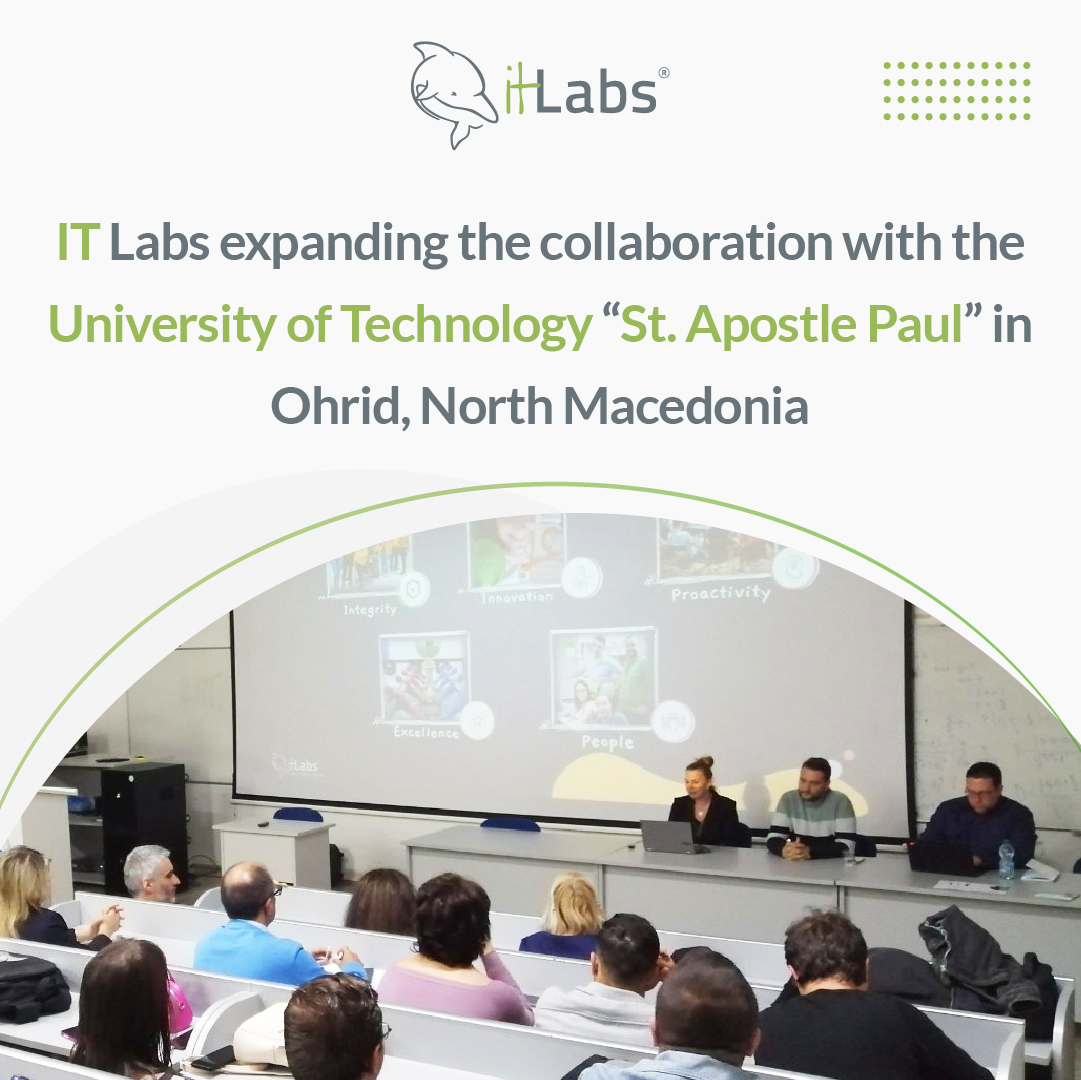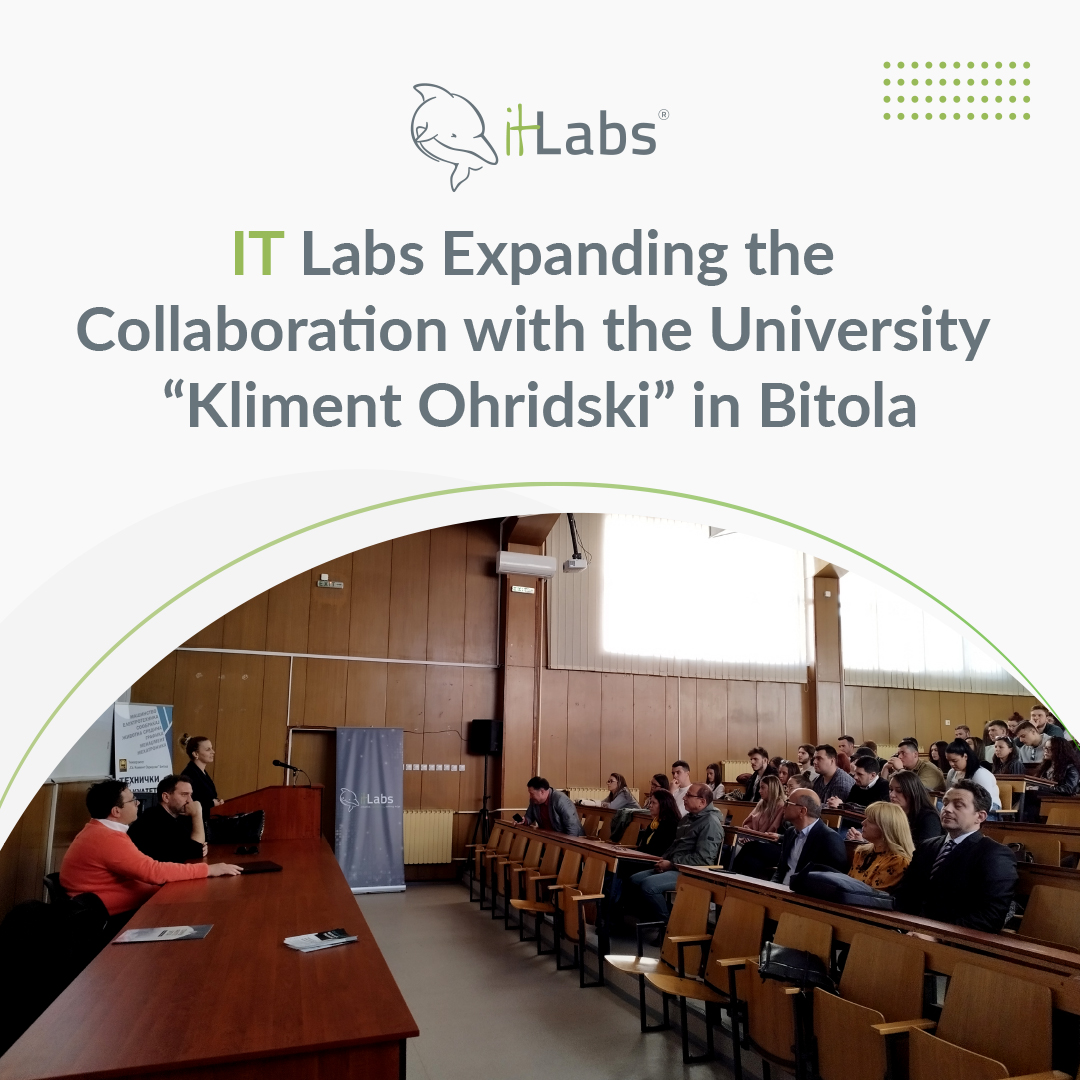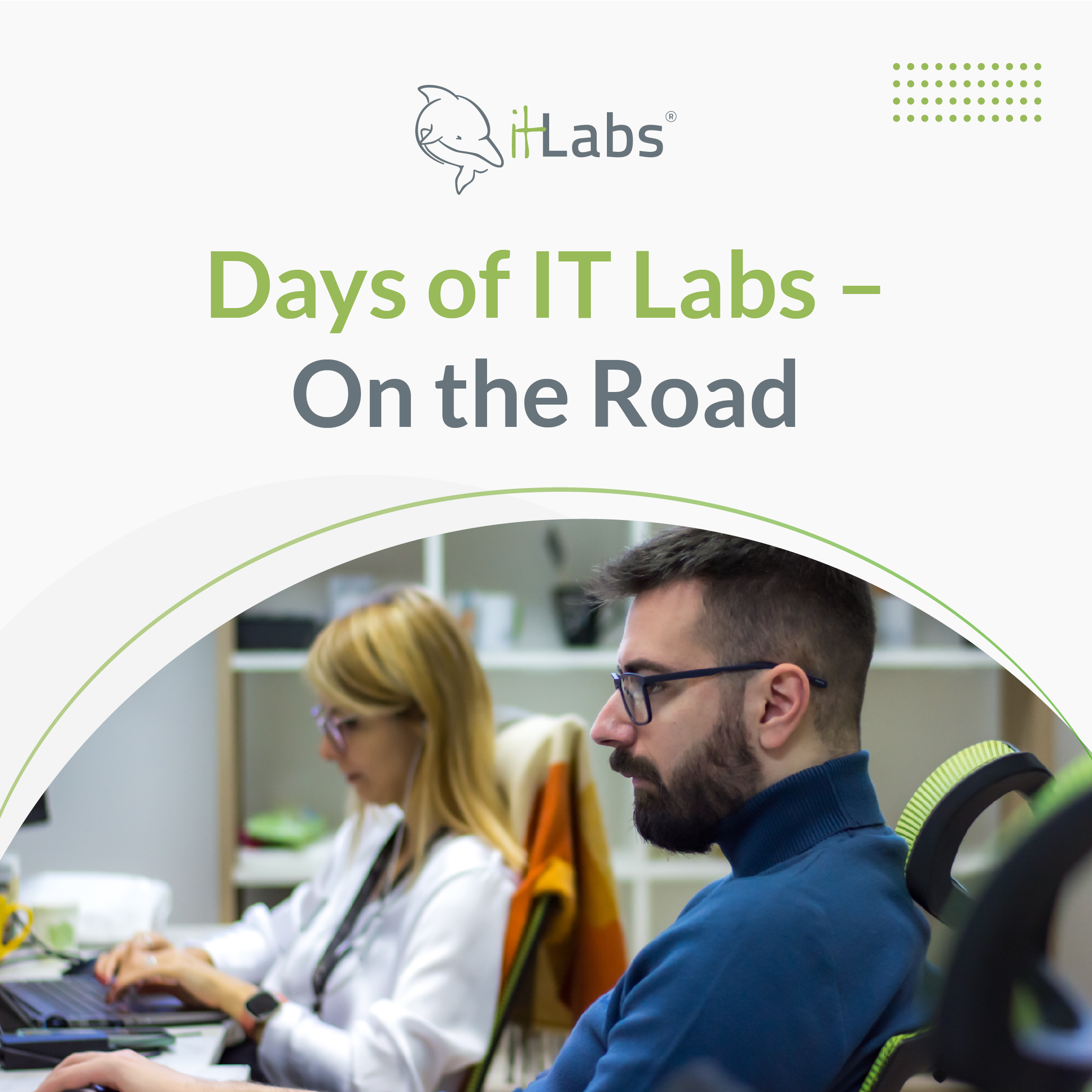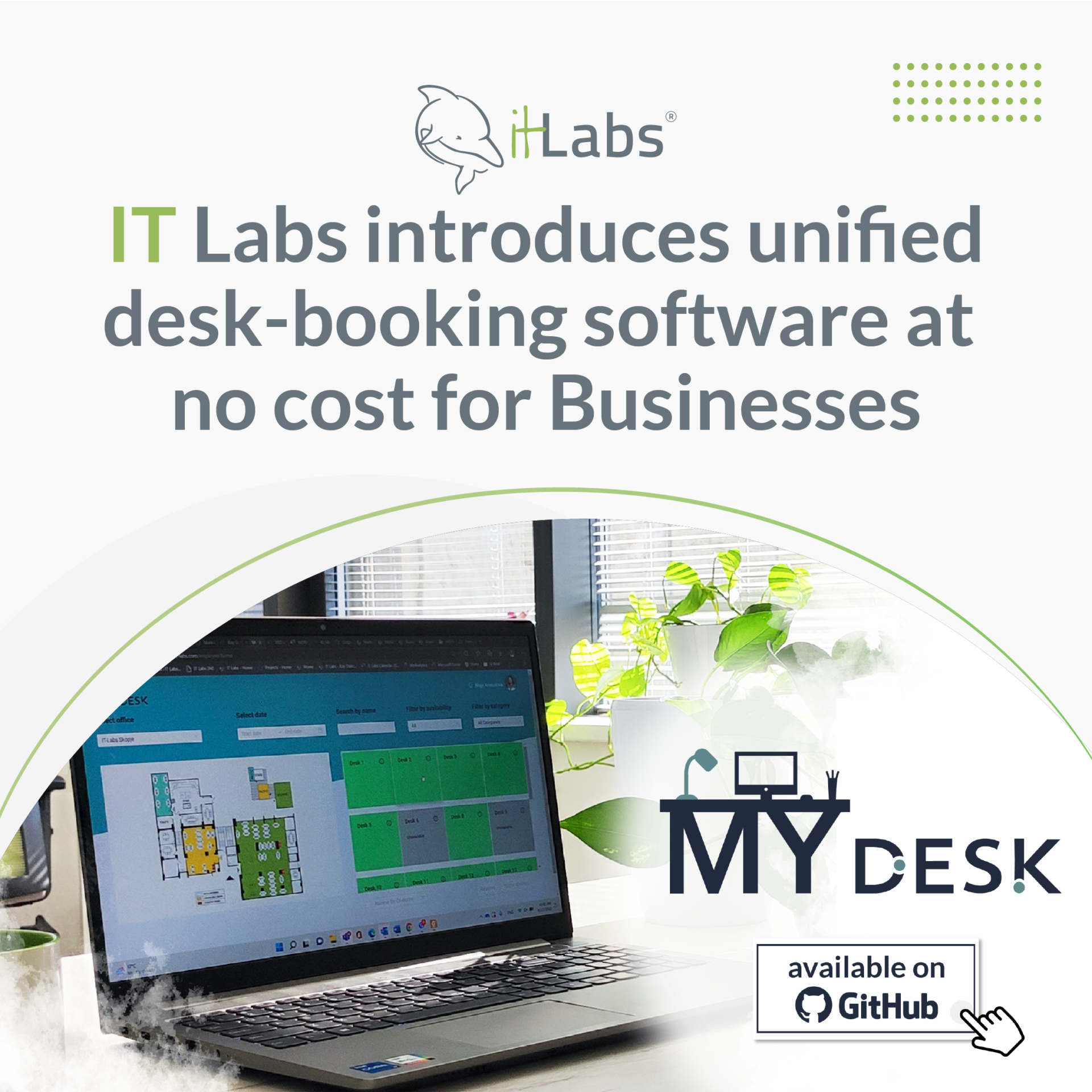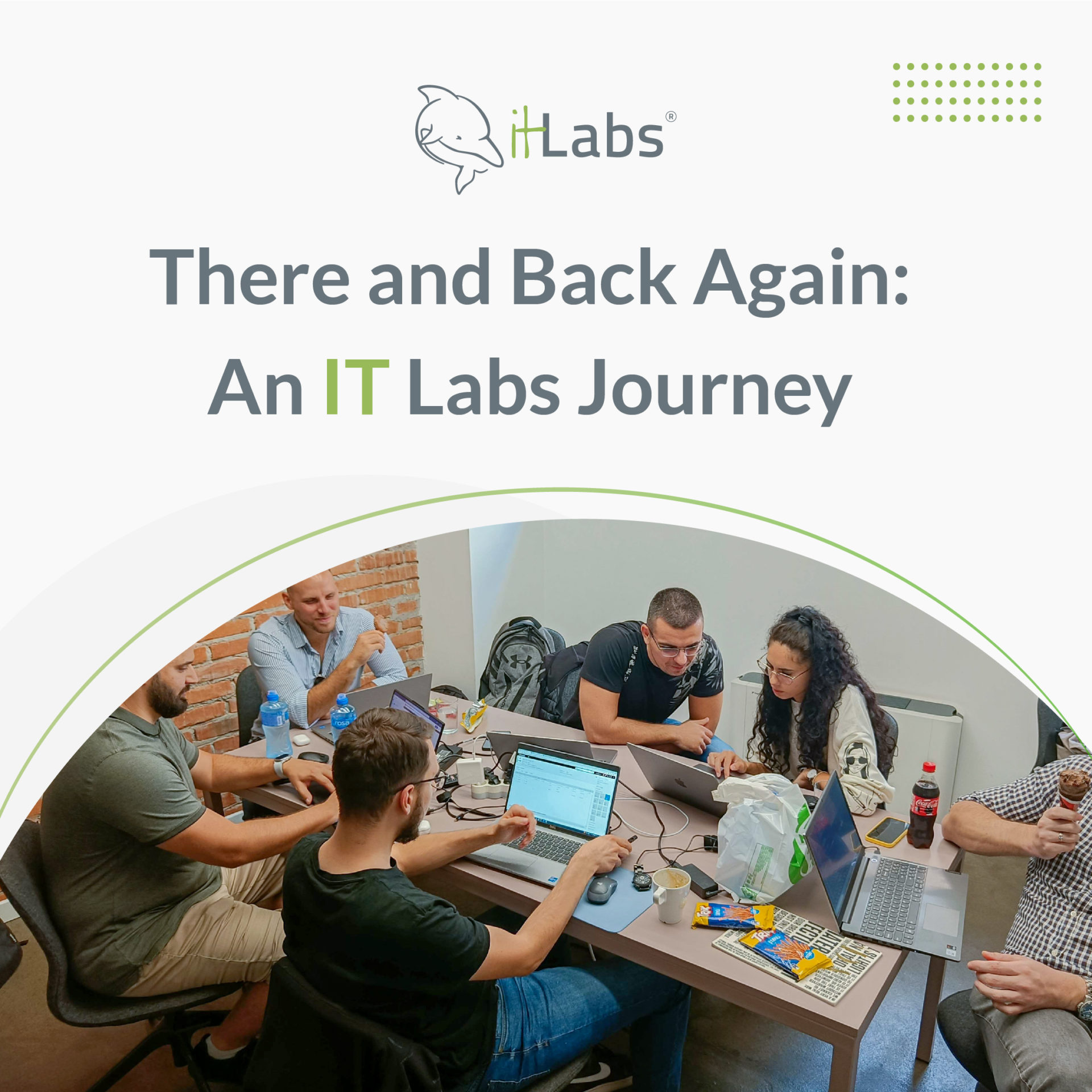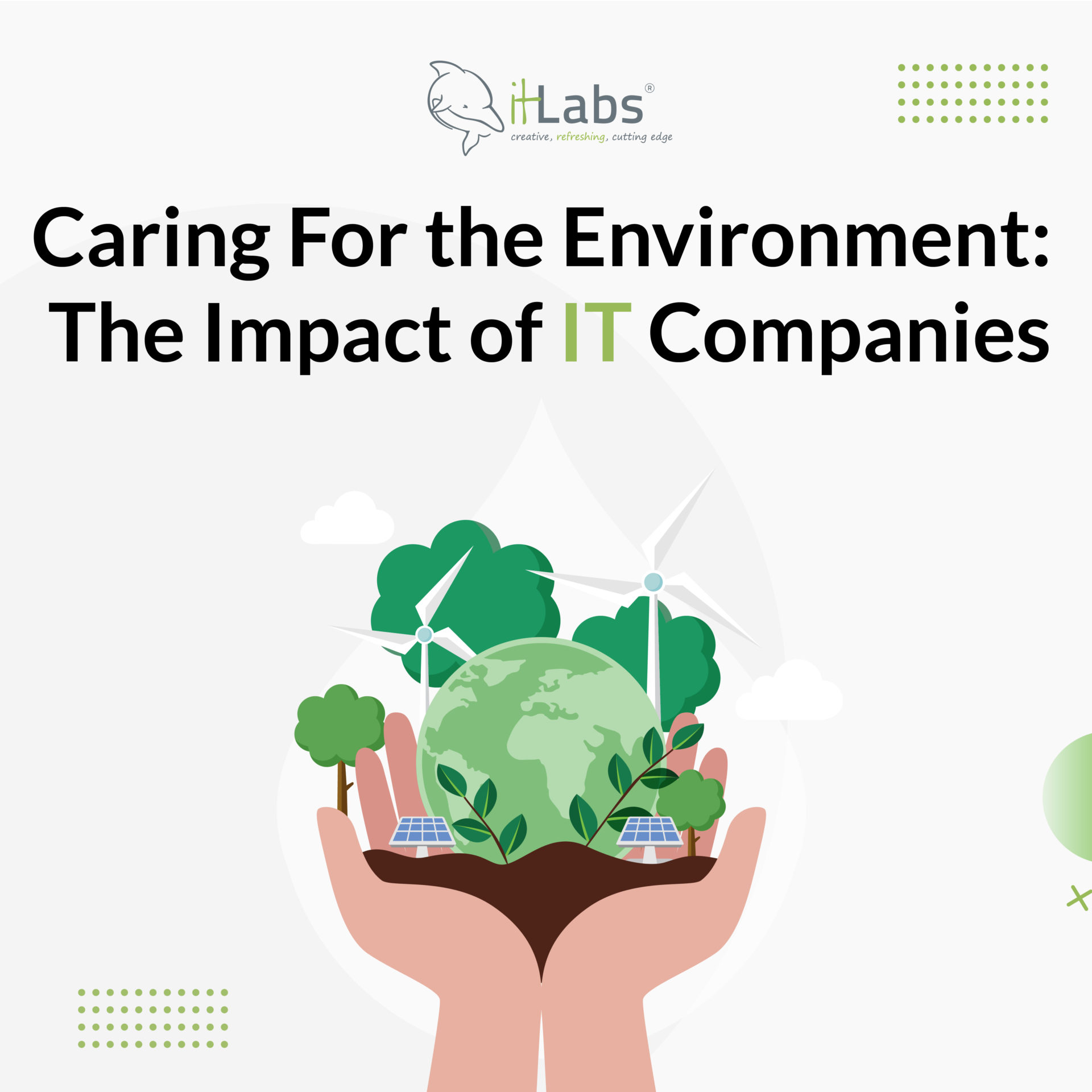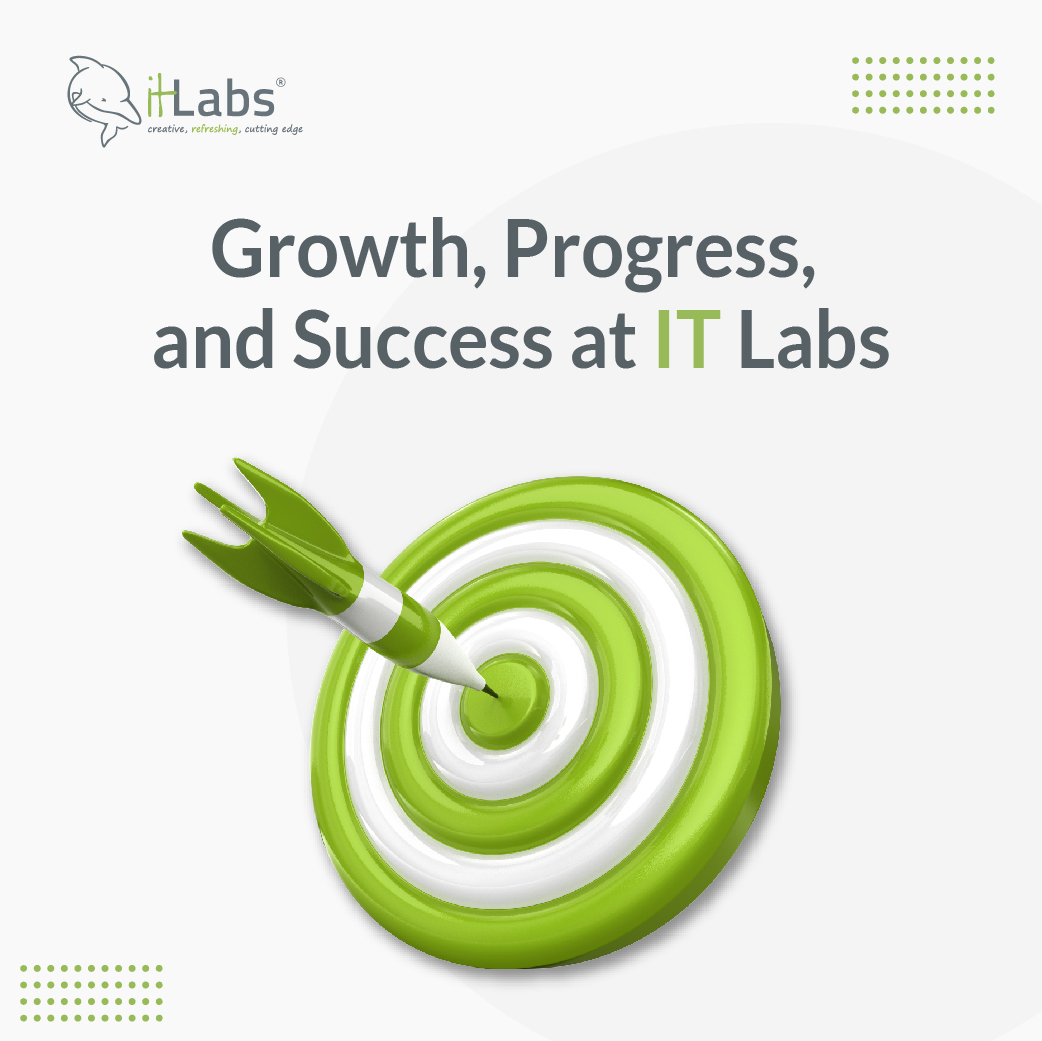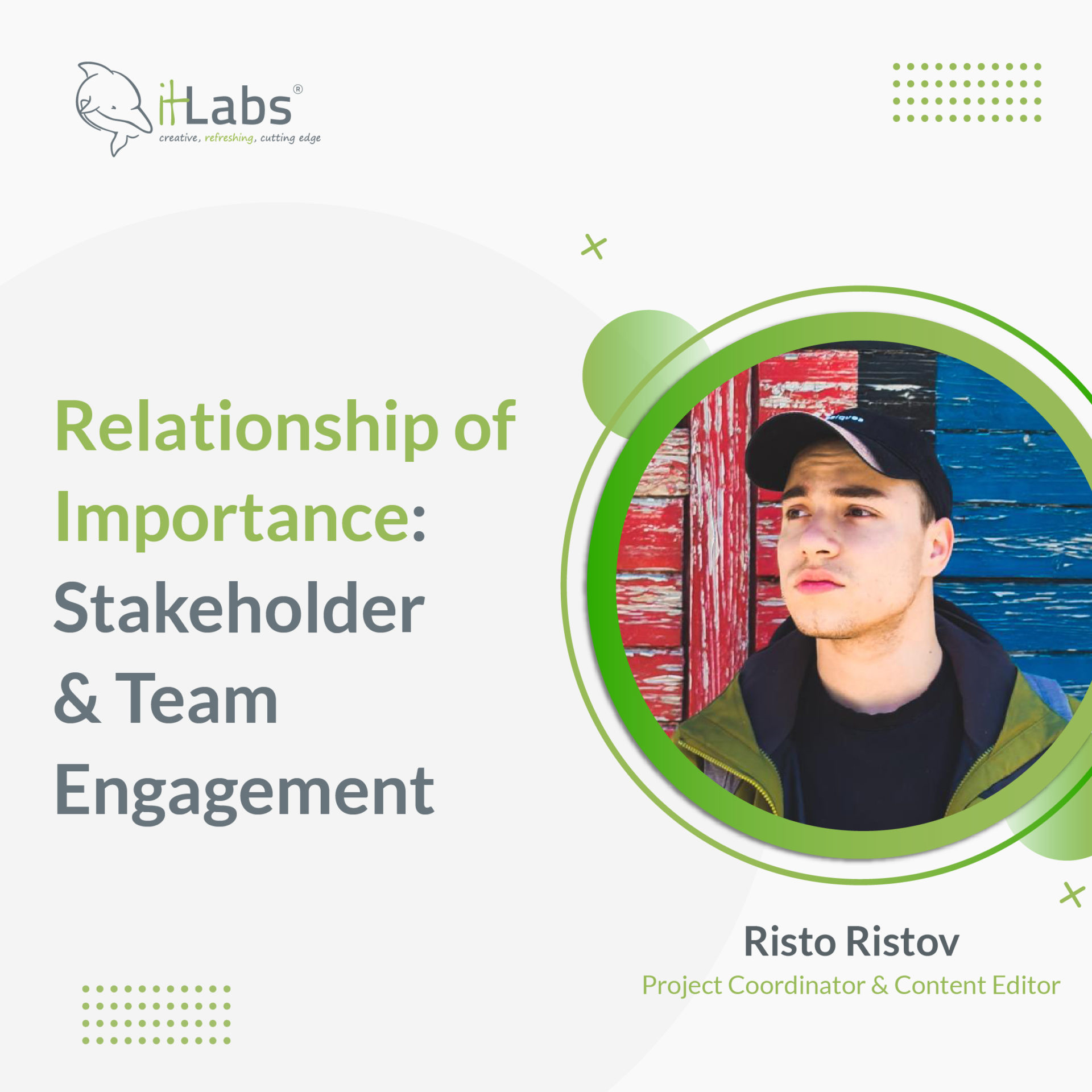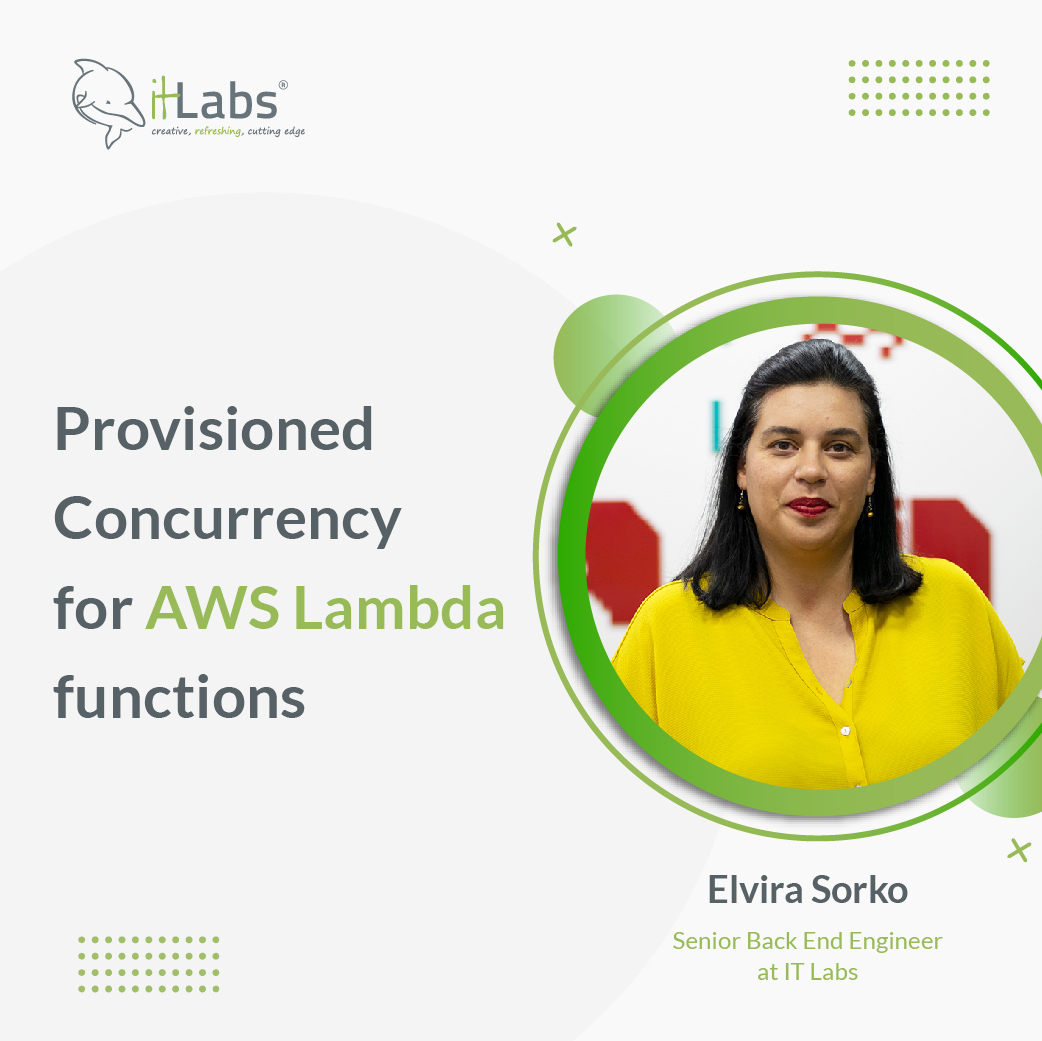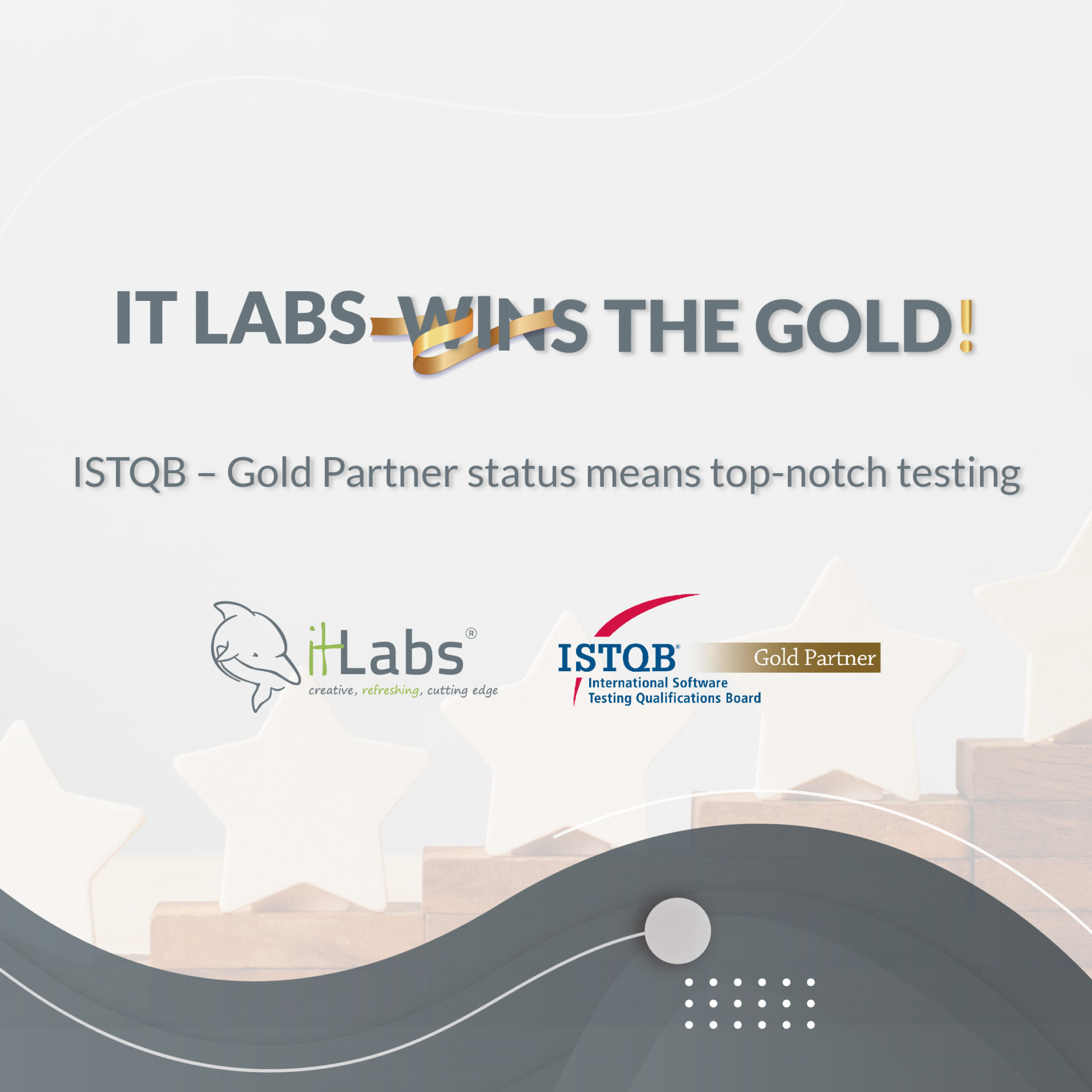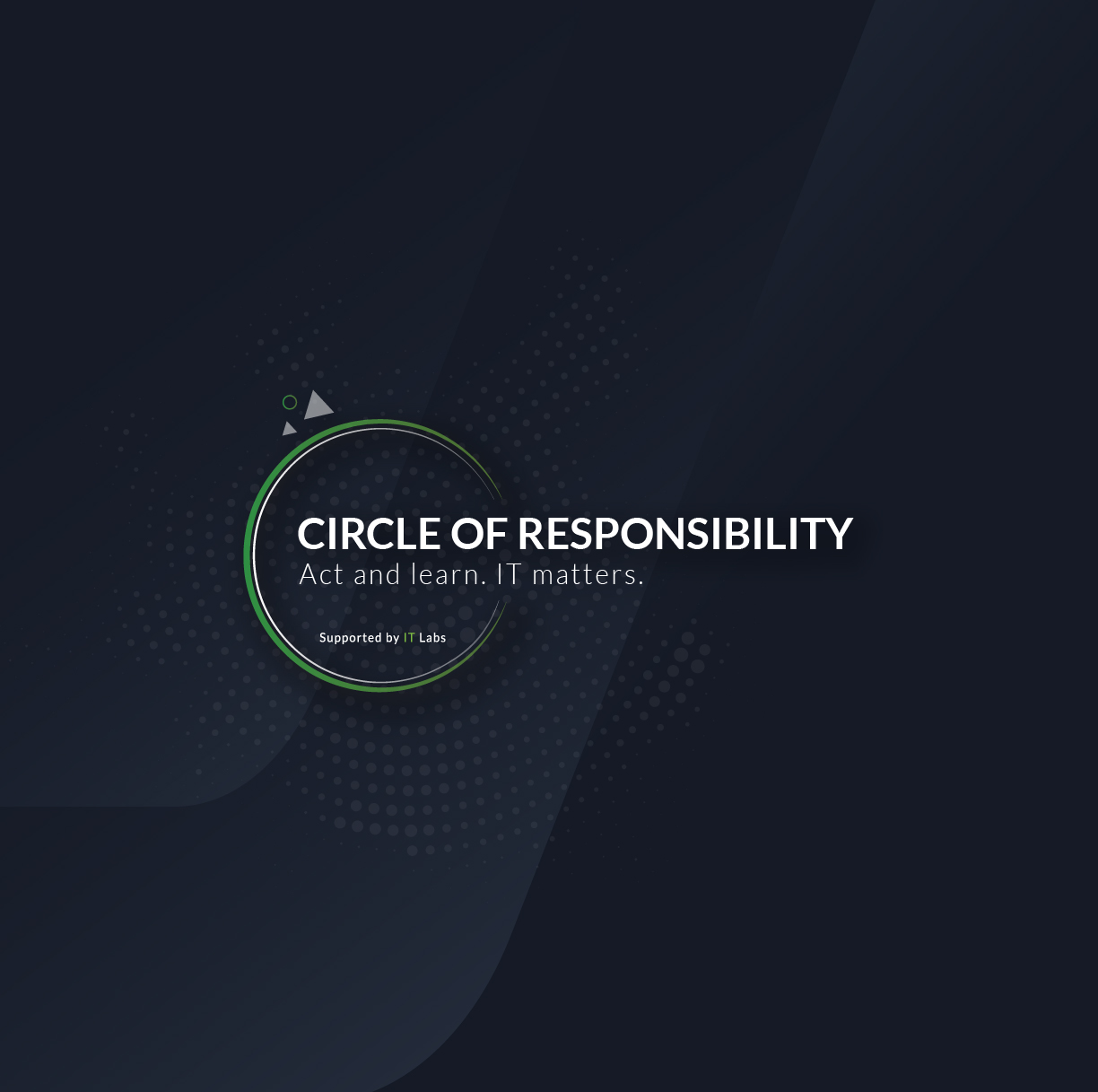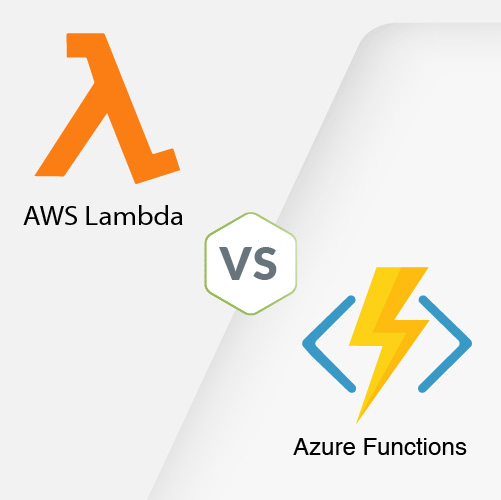The promise of DevOps is to provide a basis of collaboration between organisations and IT that produces superior customer value..
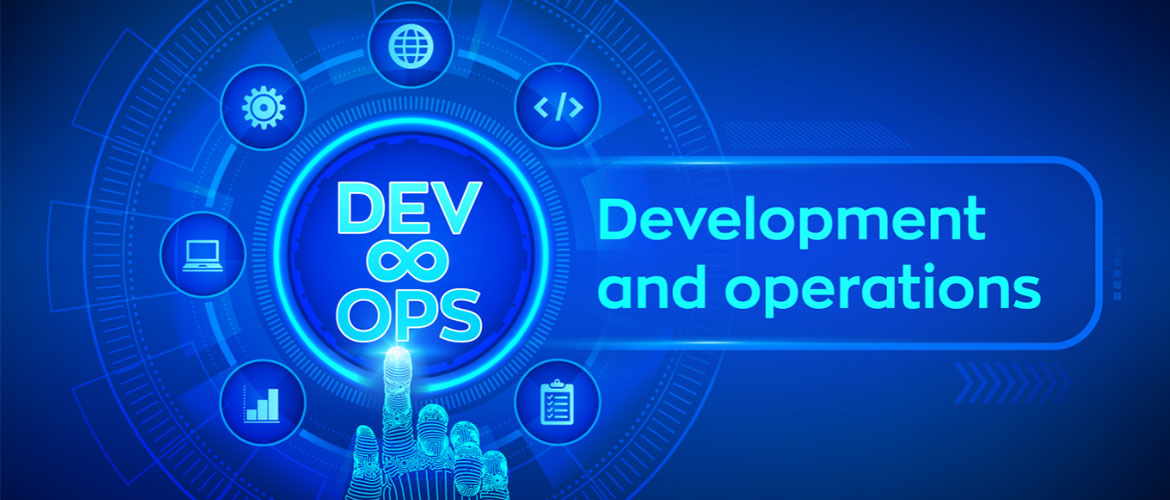
One of the most recent changes in operations and delivery, surrounding IT, has been a new awareness of how critical support for ongoing operations is, and how the value chain should continue to improve for the various businesses that IT supports. For large and fair-sized corporations, where the core business is anything but IT, popular opinion suggests that IT is perceived to consume company profits—essentially, a cost centre. This has led to a high level of scrutiny in recent years, especially with tighter budgets and shrinking profits. The need for strict control of expenditures in IT development and support to keep the network running smoothly is a growing concern for the CIO and CFO. In effect, this has turned into a struggle between the need to maintain tight operations with minimum expenditures and resources while attempting to maximise support and continuing to produce results.
The industry has seen this trend growing over the past few years, and the introduction of lean and agile methodologies has enabled management teams within these organisations to understand how to get more value when spending less. Gone are the days of an overabundance of IT jobs, where IT departments are populated with more personnel than needed to anticipate possible unforeseen emergencies. Times have changed. Today, IT is leaner and forced to be more efficient through better software, written specifically for enterprises, with enhanced development tools and superior support structures.
Introducing DevOps
Information services teams within organisations have certainly matured over the past fifteen years. The bar has indeed been raised from even just a few years ago. IT departments have arrived at a point where the work they do is primarily for organisational self-consumption and self-sustainability.
Organisations are getting smarter, workplaces are getting more secure, and technologies are becoming more sophisticated with every six-month cycle. The concept of accomplishing more with less is driving organisations towards better, more strategic management of resources and people, being more efficient, and generating high business value while maximising profits.
DevOps, or development operations, is a term used to define a specialised set of resources and people who supply de¬sired processes of efficiency and agility. This is designed to make organisations and their IT departments smarter and more productive while reducing defects. DevOps assists in generating higher business value for the organisation while simultaneously lessening costs. This specialised grouping of re¬sources and people wasn’t conceived yesterday—instead, this has always existed within the IT realm of application management and support.
So, What Has Changed?
DevOps is simply the result of technology’s continual quest to find something new and refreshing to refer to year after year. Certainly, DevOps sounds trendy and exciting. On a serious note, DevOps is gaining a lot of ground within structured IT management and operations circles. DevOps is not a fad; it is here to stay. Although the terminology might change over the years, the underlying integrity benefits will not. The prime purpose of creating a structure around DevOps is quintessential. Organisations don’t just see development costs as a benchmark by which to indicate the product’s quality, value, and profitability. Now, organisations take the perspective that cost saved is of more value when strategically invested toward the betterment of technologies. This results in operational gains, which promote success in business and help attain more customers while successfully moving forward.
DevOps assists in generating higher business value for the organisation while simultaneously lessening costs.
DevOps provides a more cooperative, productive partnership between development and operations teams, through fostering improved communications and efficiency during critical planning and development stages. Thus reducing or eliminating potential costs and problems down the road commonly linked with unforeseen changes. Typically, most personnel involved with DevOps, apply Agile and enterprise principles that help result in the successful deployment of DevOps processes.
DevOps focuses on typical key product development issues, such as testing and delivery, while stressing the business value of processes beyond release management, such as maintenance updates. This desired outcome is accomplished through the adop¬tion of iterative methods and incremental build models of development. Each milestone is carefully evaluated by the product development teams, analysed, and modified as needed. Only then does the team continue with the build and, ultimately, deployment. This continuous integration might seem tedious, but these frequent checks and balances will make the entire deployment process smoother, and more effective in the long run, as the need for backtracking and correcting mistakes is minimised.
The iterative approach for DevOps is in contrast with other more traditional methods. It emphasises the importance of strategic partnering of development team members. Thus, promoting communication among crucial personnel, inviting every team members critical input to be considered, thus streamlining the development process even further. Communication and feedback are viewed as essentials to reducing production costs, delivering business value, IT stability, and efficiency. This path to more effective communication requires an excellent communication infrastructure in place to ensure that nothing gets missed and that no team member is out of the loop. All these activities can appear to be daunting, especially with geographically distributed teams that include a diverse number of resources. That is where the value of change management and release management is demonstrated. All team members must be aware of the expectations of them, and their full participation is agreed-upon. Some typical communication challenges to be managed can include:
- “I didn’t know we were supposed to do that.”
- “My team doesn’t have the expertise, time, or resources to complete this milestone.”
- “Team A didn’t communicate to Team B what their requirements were.”
Any potential problems can be avoided by carefully managing and facilitating communication among team members, so there are no lingering surprises to be uncovered.
Going Forward with DevOps
Ultimately, the broad definition of DevOps is simply a method to foster effective communications and collaboration amongst development and operations team members. It’s about:
- delivering more with less
- working smarter, not harder
- getting things done quicker
The rise of social media and cloud computing necessitates the rapid, effective deployment of new IT systems. It addresses the critical need for fewer maintenance releases while recognising the unacceptability of the word ‘downtime’.
IT developers know the importance of business value, and DevOps helps them accomplish that by delivering faster product solutions, eliminating problems, and introducing added value through reduced costs and network and system stability. In addition to fostering communication and trust between departments, DevOps team members also should learn some new skills—all of which has a positive trickle-down effect and ultimately leaves a significant, positive impact on the organization.
Manoj Khanna
Chief Methodologist at IT Labs






















































